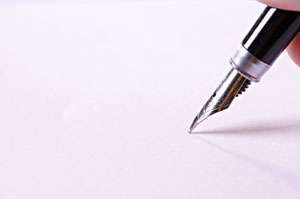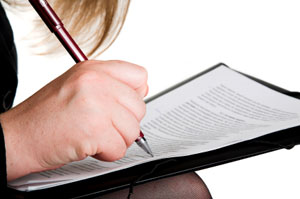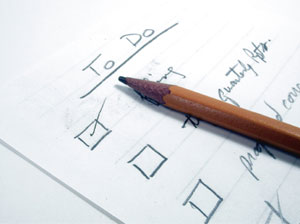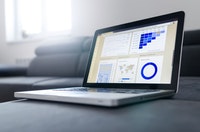If you have ever taken courses in technical writing, creating graphics was most likely addressed. Let's review the fundamentals and then delve deeper into creating tables in a technical document. Graphics, or visual aids, are usually divided into two broad categories: tables and figures. All tables are considered tables; all other visual aids are categorized as figures.
One of the most effective and efficient ways to convey a large amount of data in a technical document is to place the data in a table. At their most basic level, tables are used to present exact figures or to arrange ideas into groups or categories.
Use a logical order for columns and rows.
You can present your figures in any order, so decide on the most sensible and helpful. Set your data in alphabetical, ascending, or descending order. You can also divide information by category, time, or place. Just be sure your listed items are consistent and logical and that all data is relevant and connected.
Organize the information clearly.
Include a heading for each column and a label for each row to help the reader grasp the table. Separate the headings and labels visually using color or format. One simple trick to improve readability is to shade every other row.
Ensure your data has a professional appearance.
Round off numbers to the nearest whole—unless a precise decimal is required. Align columns of numbers along the right—or at the decimal point—for a neat appearance. If the table's information includes text, use parallel wording for consistency.
Check for consistency throughout the document.
One of the biggest draws of tables is they offer readers easy comparisons. Therefore, consistency in style is important both within one table and among several. Whatever style is chosen for titles, column heads, and abbreviations for one table should be followed in all others in the same document.
Make the table visually appealing and reader-friendly.
Keep all information brief, clean, and clear. Avoid odd fonts or cutesy graphics. Make sure your table is large enough to be easily read. Title and number your tables. You may wish to use the same table in other documents. This is a great way to archive tables that may be used again.
Author
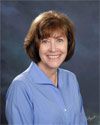
Catherine Hibbard
Catherine S. Hibbard is a nationally recognized expert in business and technical writing. Her company, Cypress Media Group, is an advertising, public relations, and training firm that provides training and consulting primarily related to business and technical writing, presentation skills, and media relations.

